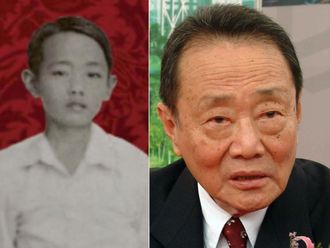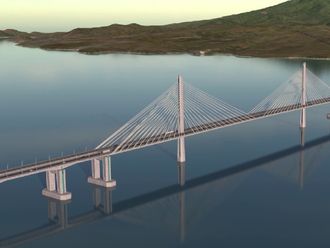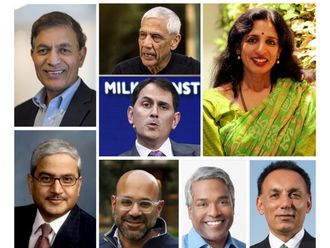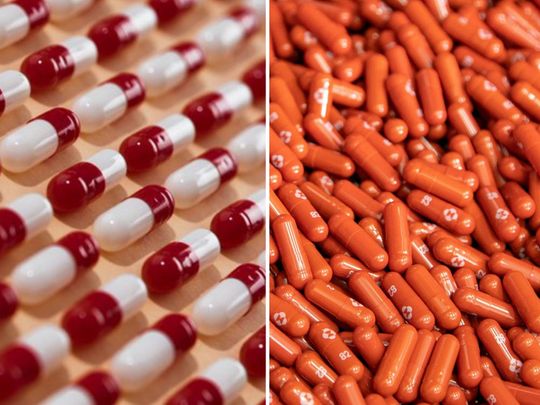
Highlights
- The Medicines Patent Pool (MPP) promises to make new COVID pills accessible to billions of people in poor nations through voluntary licensing.
- Two deals with pharma giants Pfizer and Merck would usher in low-cost generic COVID-19 pills.
- The move is touted as a "game-changer" that would break the back of SARS-CoV-2.
Low-cost versions of new COVID pills could soon be available to billions of people, especially in low-income countries, advocates of "patent pooling” said.
Two deals that enable the legal manufacturing of generic versions of new oral antivirals will also make “drug patent wars” unlikely, thanks to a voluntary licensing agreement signed by Medicines Patent Pool (MPP) with Pfizer and Merck. Advocates see this development as potentially “breaking the back” of SARS-CoV-2 once and for all.
Here's what we know so far:
What is the Medicines Patent Pool (MPP)?
It is a UN-backed public health organisation working to boost access to and facilitate the development of life-saving medicines for low- and middle-income countries.
“Pooling” of drug patents paves the way for high-quality copies of the branded versions of new drugs — almost immediately after they are licensed — and without breaking the bank of poor nations. This process — the move from branded drugs to generics — used to take an average of 8 years. Now, it can be shortened to as quick as two months.
How does MPP work?
The business model is voluntary. A “master” license is granted by a drugmaker to MPP, which in turn can grant “sub-licenses” to other manufacturers to produce generic versions of the pill.
MPP, based in Geneva, partners with civil society, governments, international organisations, industry, patient groups, and other stakeholders, to prioritise — and license — needed medicines and pool intellectual property to encourage generic manufacture and the development of new formulations. It talks to pharmaceutical companies to strike a patent pool deal as a negotiating bloc.
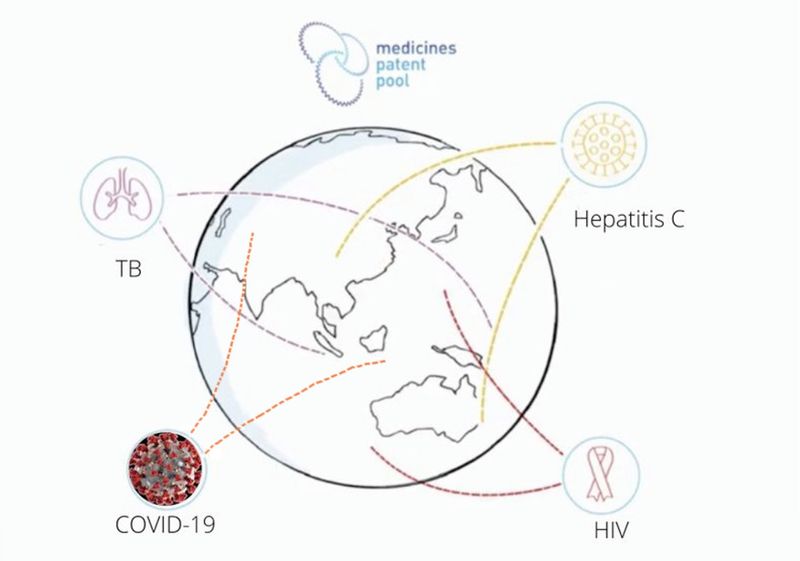
How many agreements did MPP sign, do they cover COVID-19?
To date, MPP has signed agreements with 11 patent holders for the following:
- 13 HIV antiretrovirals (ARVs)
- 1 HIV technology platform
- Hepatitis C direct-acting antivirals
- 1 tuberculosis treatment
- 1 long-acting technology
- 2 experimental oral antiviral treatments for COVID-19
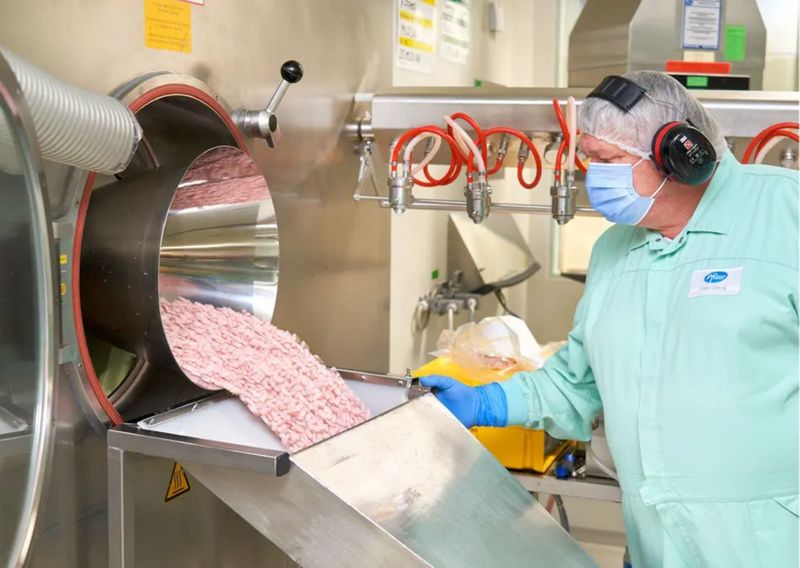
How many COVID pill deals were signed by MPP?
There are two so far: one each with Merck and Pfizer. In October, Merck announced that it had agreed to share the license for molnupiravir, which fights the coronavirus by inhibiting its viral RNA replication. Clinical trials show it cuts the rates of hospitalisation and death of high-risk adults by 50%.
89%
Claime efficacy of Pfizer's paxlovid oral antiviral pill against COVID-19.On Tuesday (November 15), Pfizer announced it will “sub-licence” the production of paxlovid, its candidate pill against COVID-19 to generic drug manufacturers. Trial results show the pill [trial codename: PF-07321332], cuts the risk of hospitalisation and death from COVID-19 by 89%.
For Merck, it will create broad access to molnupiravir in 105 low- and middle-income countries. The Pfizer-MPP deal aims to make paxlovid available in 95 low- and middle-income nations, which account for around 53% of the world’s population.
50%
Claimed efficacy of mulnopiravir in reducing hospitalisation and death of high-risk adults due to COVID-19How much would I pay for paxlovid or mulnopiravir?
No specific value was mentioned. Pfizer and MPP announced that, if approved, the pill would be offered on a “tiered pricing”, based on a country’s ability to pay. Lower-income countries would pay a not-for-profit price. Business Insider, reported that while some countries will be paying $12 per patient, the US government has already ordered 1.7 million treatment courses, at about $712/patient.
$12
What some countries will pay for mulnopiravir per patient. The US government has agreed to pay $712 per patient.The pill could be on the market in “a matter of months” if approved, MPP policy chief Esteban Burrone told AFP.
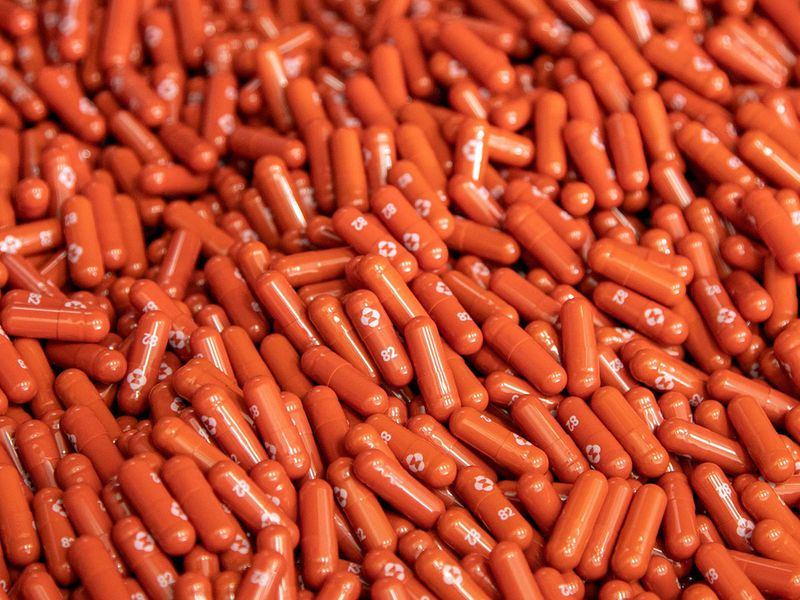
Doctors Without Borders (MSF), suggested paxlovid might cost around $712 per Pfizer treatment course, in line with molnupiravir. MSF said that though the MPP deal was voluntary, it remains “restrictive” — and that it’s no substitute for guaranteed global access to COVID tools to bring the pandemic under control.
Will drug makers get royalties after the MPP deal?
Both Merck and Pfizer said they they will not receive royalties from the generic manufacturers, thus potentially making the treatment cheaper. The deals are contingent on the pill getting regulatory approvals.
The TRIPS Agreement came into force as part of the WTO Agreement on January 1, 1995.
How many mulnopiravir and paxlovid pills will be produced?
Merck said it plans to double its own production of molnupiravir from 10 million treatment courses in 2021 to at least 20 million in 2022 to meet demand. The UK, which approved it on November 4, 2021, will start to roll out molnupiravir COVID-19 antiviral pill through a drug trial later this November.
Paxlovid pill is not yet available to the public. On Tuesday (November 16), Pfizer said it was seeking US regulatory approval for emergency use of the pill. Though initial supplies would be limited, production will be ramped up once it is approved in various jurisdictions and generics manufacturers are granted sub-licenses.
How would it help fight COVID-19?
In general, pills are easier to make than vaccines. Other benefits include:
- They could be self-administered at home by the patient early after an infection.
- They curb the potential for a single patient to spread it.
- They help reduce hospitalisation due to the coronavirus.
- They do not require a cold chain for delivery.
- An effective, easy-to-take treatment could play a big role alongside vaccines.
- By sub-licensing generics drugmakers, the price would naturally come down, due to competition.
If authorised or approved, the oral drug will be "well-suited for low- and middle-income countries and could play a critical role in saving lives” and quelling the pandemic, Charles Gore, executive director of the UN-backed Medicines Patent Pool (MPP), said in a statement.
What’s the guarantee the prices would go down with this MPP deal?
Experience shows that competition from manufacturers of generic drugs, the prices of antiretroviral (ARV) medicines have dramatically dropped.
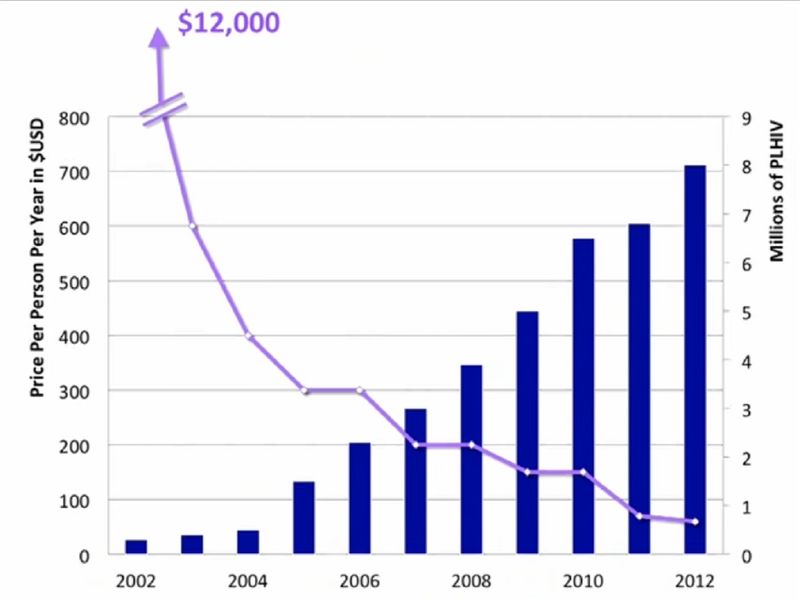
For example, in the year 2000, the cost for first-line ARV treatment was over $10,000 per patient per year; in 2018, the cost has decreased to as low as $60-$80 per patient per year. In India, antiretroviral (ARV) therapy drugs are given free to people living with HIV/ Aids.
How long is a typical patent term?
Currently, the term of a new patent is 20 years from the date on which the application for the patent was filed in the US. However, many other factors can affect the duration of a patent.
When was patent pooling recognised for the benefit of public health?
It was in 2002, during a meeting of treatment activists, when AIDS had become a chronic disease and expensive medication was only available in rich countries. In 2010, after 8 years, the MP) was founded with support from Unitaid, which continues to be its main funder. The pool’s work on access to essential medicines is also funded by the Swiss Agency for Development and Cooperation (SDC).
When will Pfizer get green light for paxlovir?
It is not immediately clear when US regulators will rule on Pfizer’s application. Merck’s molnupiravir completed their EUA submission on Oct. 11. FDA advisers will meet on November 30 to consider the application.
Pfizer said it has also begun the process of seeking authorisation in several countries:
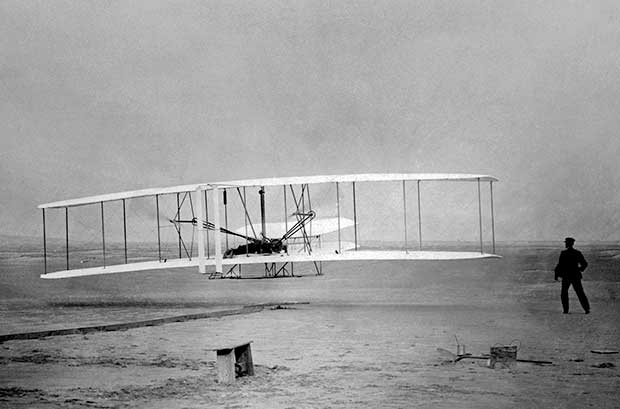
The patent war created a crisis in the US aviation industry. In 1917, the two major patent holders, the Wright Co. and the Curtiss Co., had effectively blocked the building of new airplanes.
As a consequence, the aviation industry development in the US fell so far behind Europe that, in World War I, American pilots were forced to fly European combat aircraft instead.
In the midst of the war, the US government decided to take action and forced the aviation industry to form an organisation to share patents. It was the first known US patent pool.
All aircraft manufacturers were mandated to join the Manufacturer’s Aircraft Association, with each member required to pay a small “blanket fee” (for the use of aviation patents) for each airplane manufactured; of that, the major part would go to the Wright-Martin and Curtiss companies, until their respective patents expired.
The arrangement was designed to last only for the duration of the war. In 1918, the litigation was never renewed. Wilbur had died in 1912 and Orville had sold his interest to a group of New York financiers in 1915 and retired from the business. The “patent war” had come to an end.


